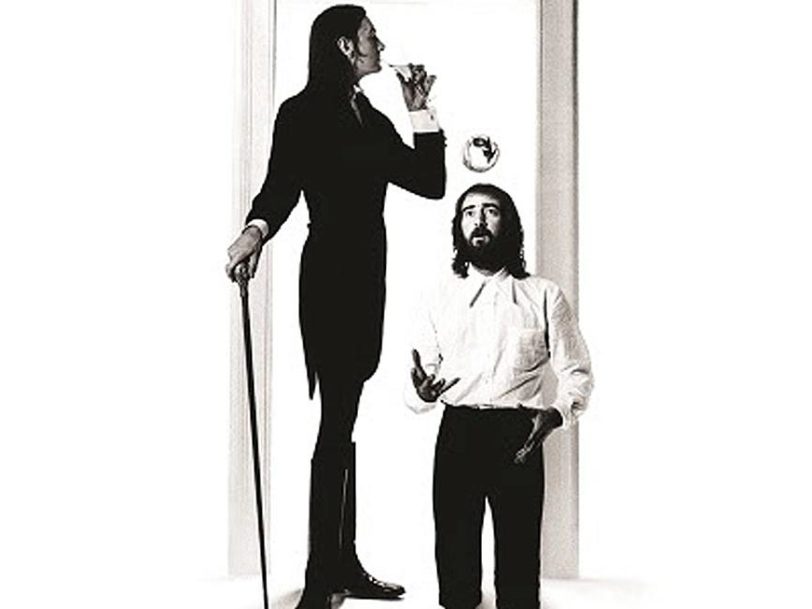Very few albums have impacted a group’s career like Fleetwood Mac’s self-titled 1975 album. Less than a year before its release, it looked as through the group – already featuring just two of its founder members, drummer Mick Fleetwood and bassist John McVie – were in serious trouble when Bob Welch, lead guitarist, frequent singer and songwriter, announced his departure, leaving only the rhythm section, plus Christine McVie (formerly Christine Perfect) on keyboards, vocals and songwriting duties.
Listen to Fleetwood Mac’s self-titled 1975 album here.
“Lindsay and Stevie joined without playing a note”
On hearing of Welch’s departure, Mick Fleetwood remembered a chance encounter he’d had a few weeks before, when scouting Sound City Studios in Van Nuys, California, as a potential place to record the band’s next album. At the studio, producer and engineer Keith Olsen played Fleetwood a few tracks from a record he’d worked on – Buckingham Nicks, the debut album from a pair of young US songwriters, Lindsey Buckingham and Stevie Nicks. It caught Fleetwood’s ear, as he told David Wild for the sleevenotes for the Fleetwood Mac album’s 2018 reissue: “Lindsey’s style was so stunning and unique, it was what hit me first, and it hit me hard… I was not looking for a new guitarist or other band members at the time. It was purely the music that left such a vivid impression.”
Buckingham was a natural choice to join the group, but Nicks wasn’t part of Fleetwood’s plans until the guitarist made her inclusion a condition of his involvement. “To Lindsey’s credit, he made it immediately and eminently clear that he wasn’t going anywhere without Stevie Nicks,” Fleetwood recalls.
The drummer agreed in principle, but set up a meeting over dinner between the young songwriters and what remained of Fleetwood Mac to ascertain whether the proposed line-up might work. “The dinner was the audition,” Fleetwood recalled. “Luckily, Chris loved Stevie straight away… and that was that. Lindsey and Stevie were asked to play with us without ever playing a note with us. It’s almost insane in retrospect considering the high risk but, somehow, Christine and all of us knew.”
“I had to upgrade my game to keep up with them”
The prospect of working with Buckingham and Nicks motivated McVie, as she recalled for the reissue of Fleetwood Mac’s self-titled 1975 album: “I was excited by their talent, but I also sensed I had to upgrade my game as a songwriter to keep up with them after I heard the Buckingham Nicks album. I thought, Crikey, these two can really write.”




